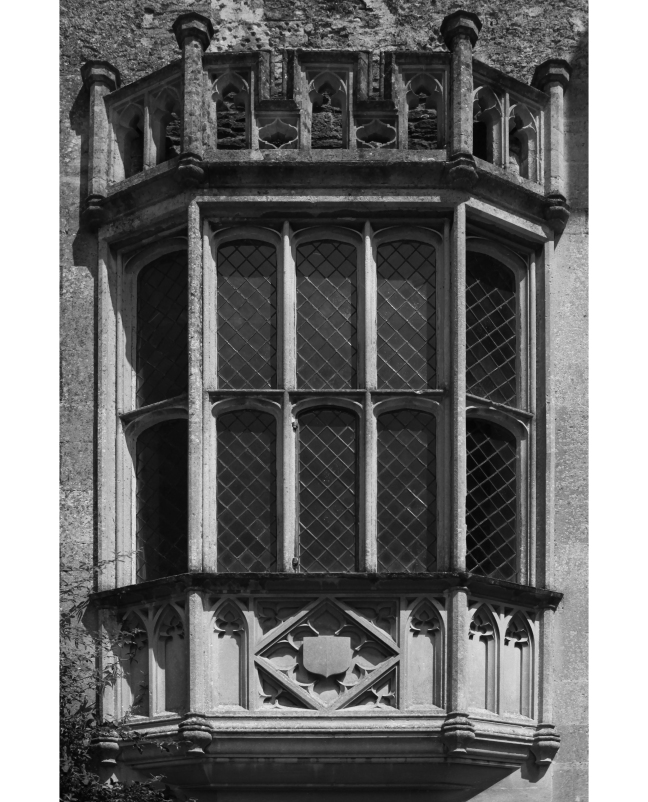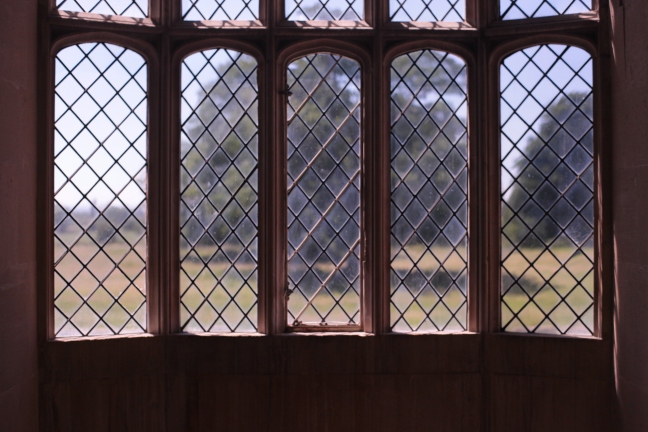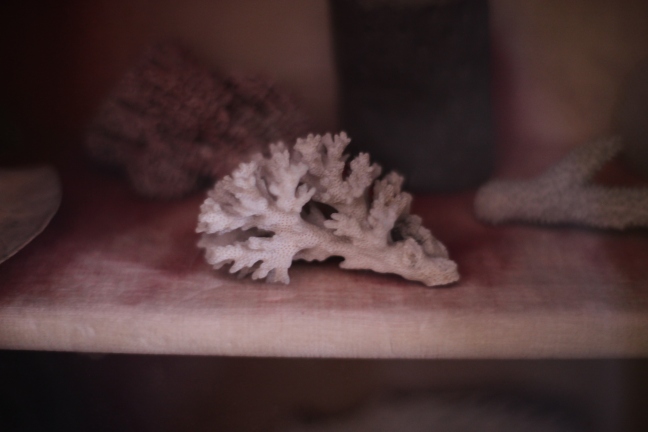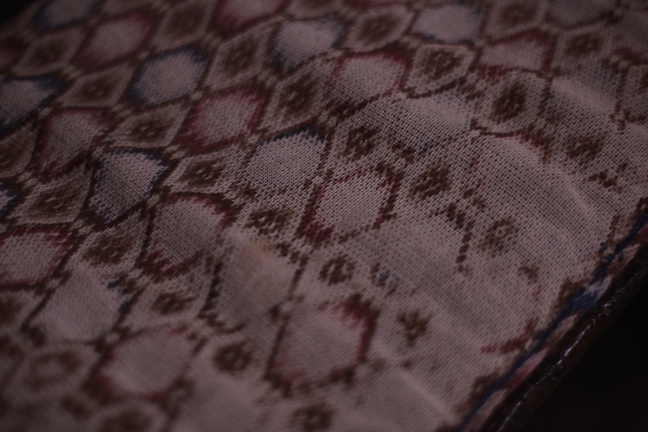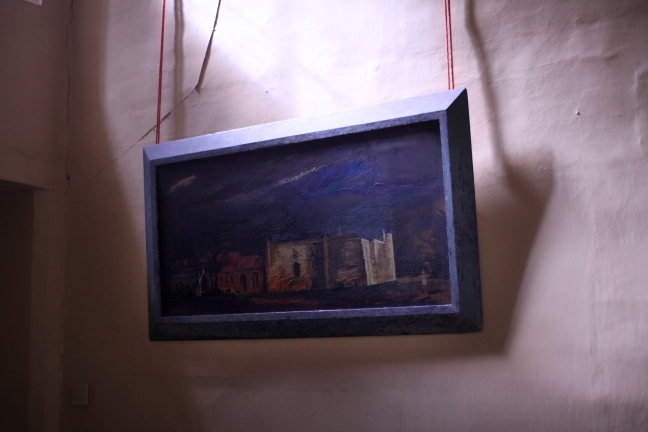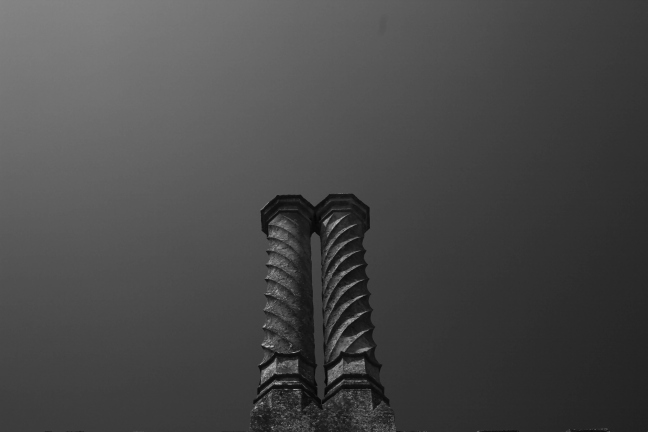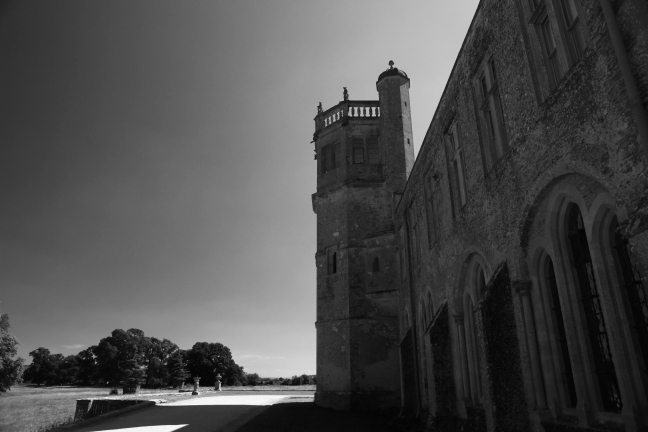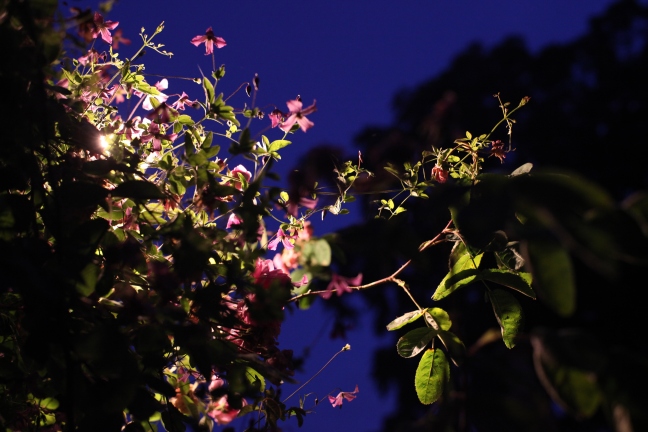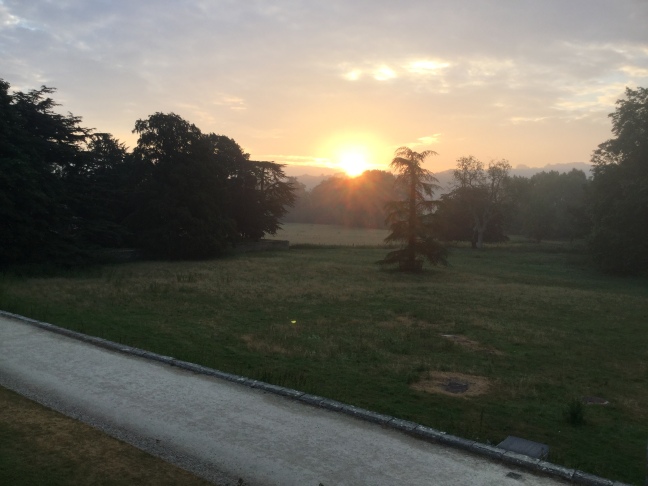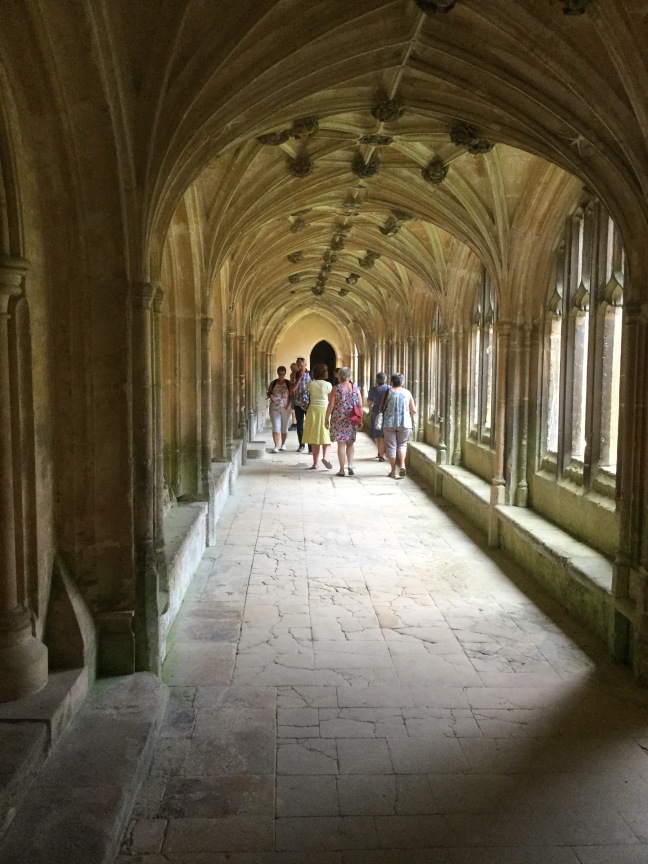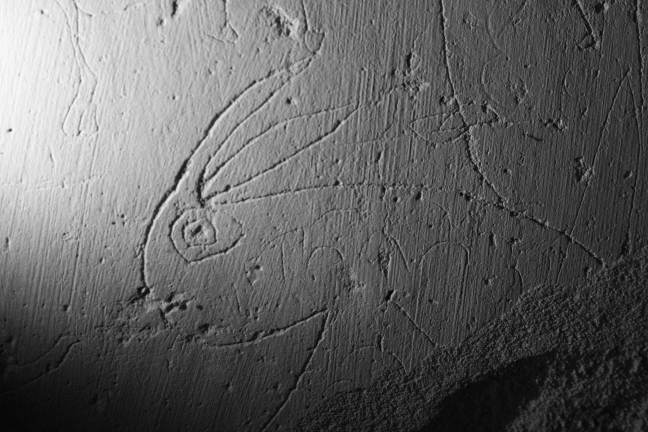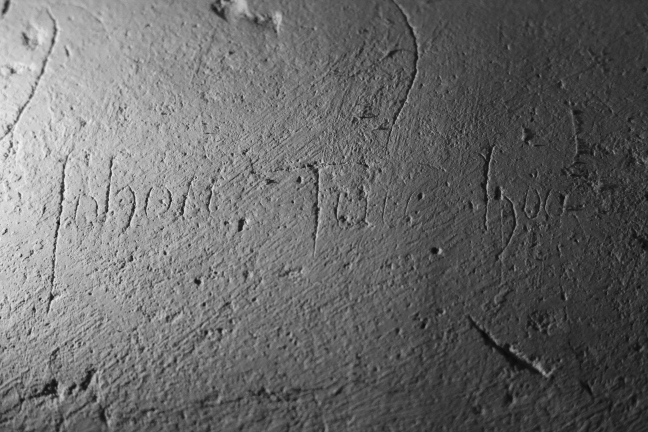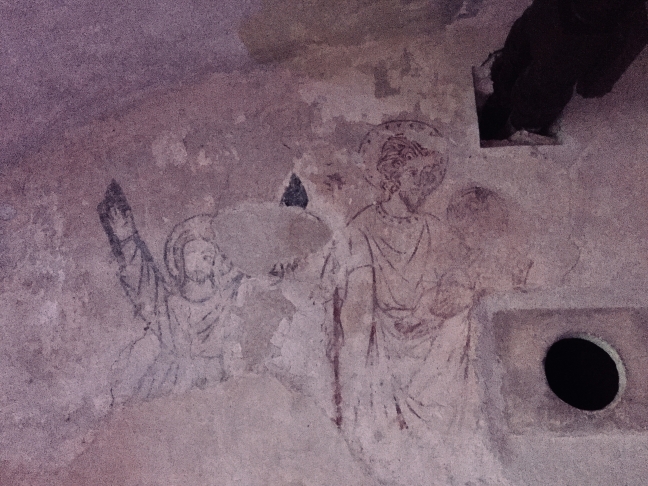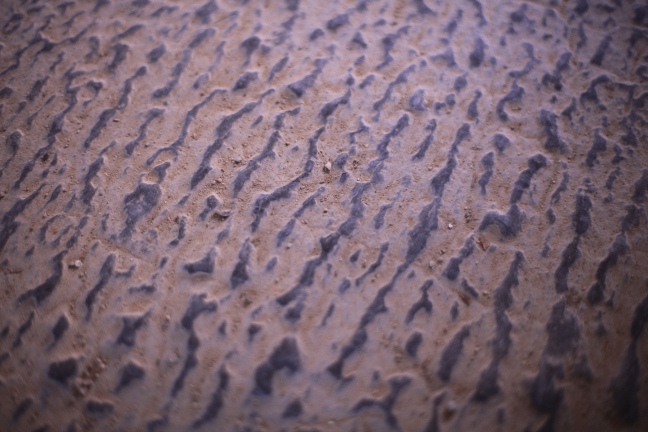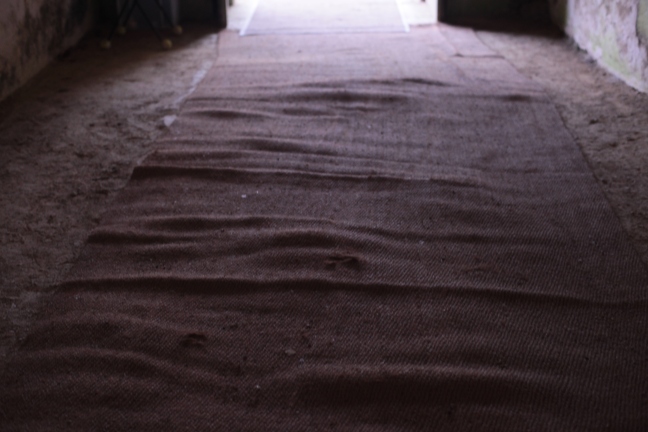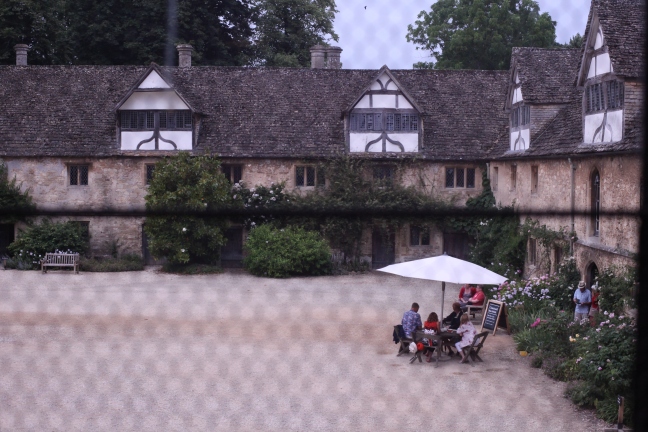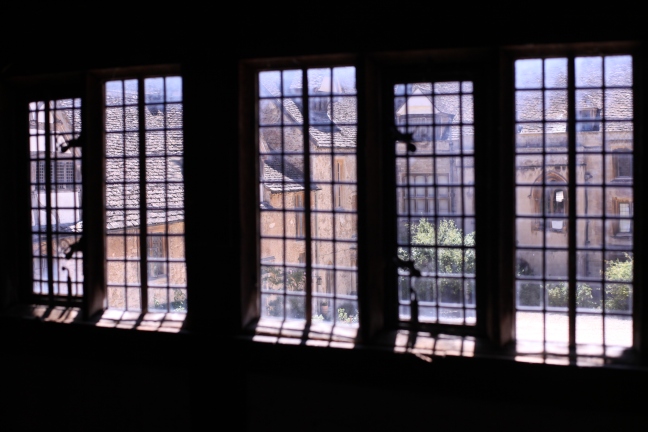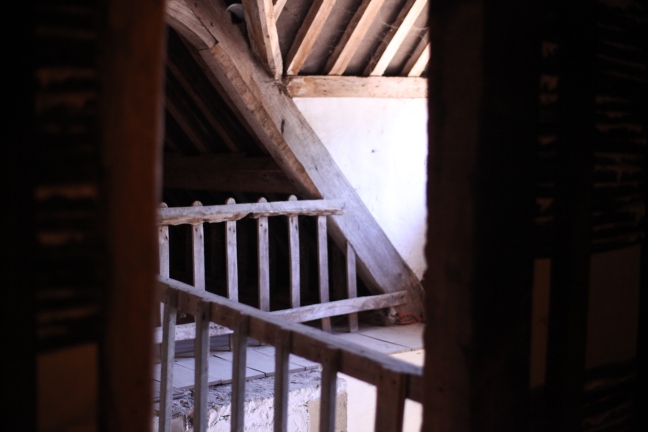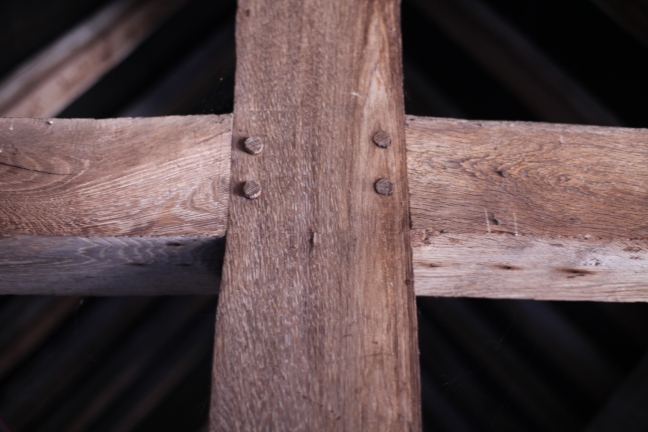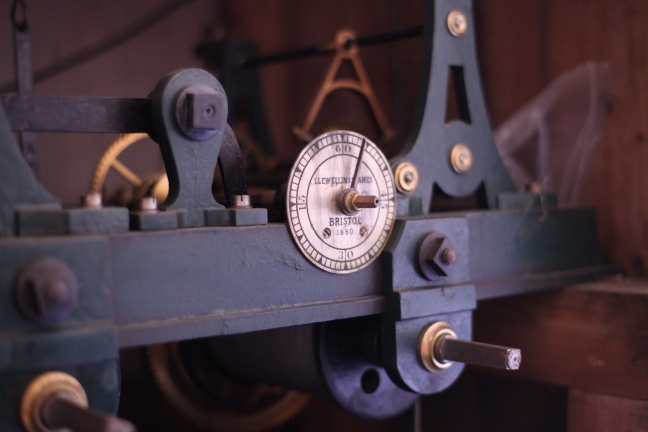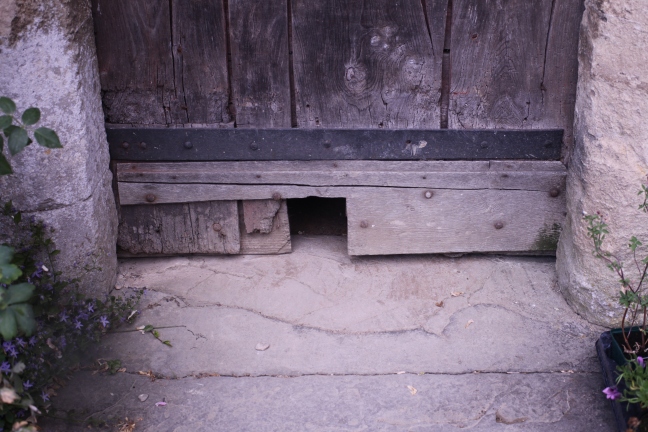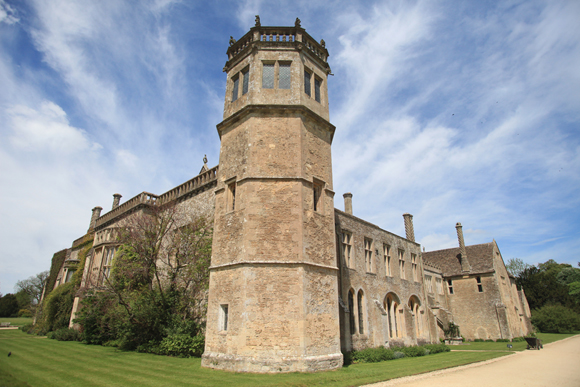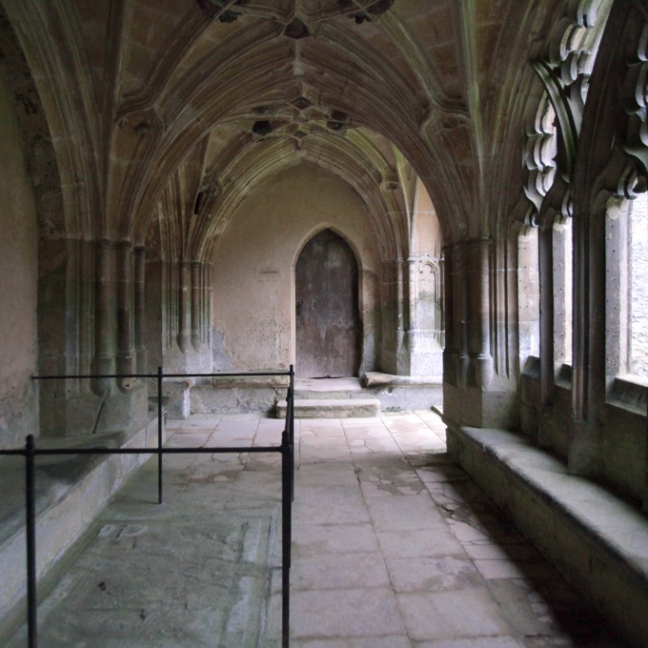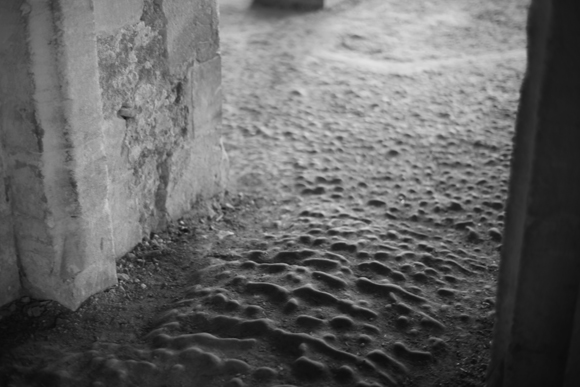Last week-end we began the set up of The Ripple Effect – the installation we are creating for the Chaplains’ Room at Lacock. After weeks of planning and testing it was great to be at the point of bringing it all together.
The idea in itself is quite simple, but it has taken a few trials and errors with different fabrics and fans to get to this point. We did a test earlier in the summer, but it wasn’t with a full size piece of fabric so we were not totally sure on how the floor, the stone pillar and the air circulation would affect the overall movement and flow of the silk.
The Chaplains’ Room is also quite damp, so the weight of the silk will change throughout the day; small variations, but they still will have an effect on the overall movement and flow.

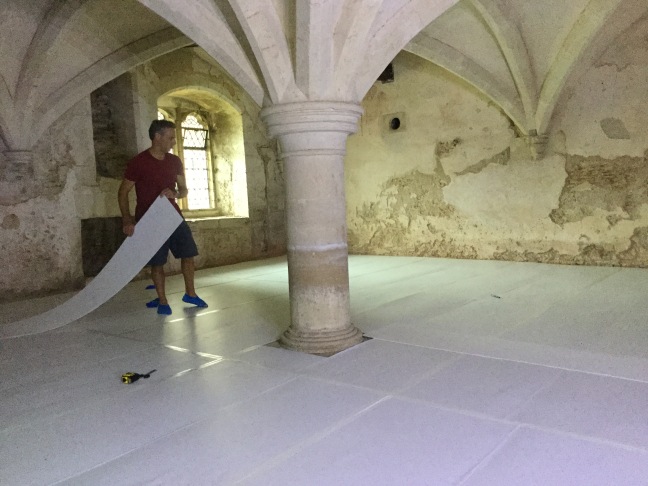
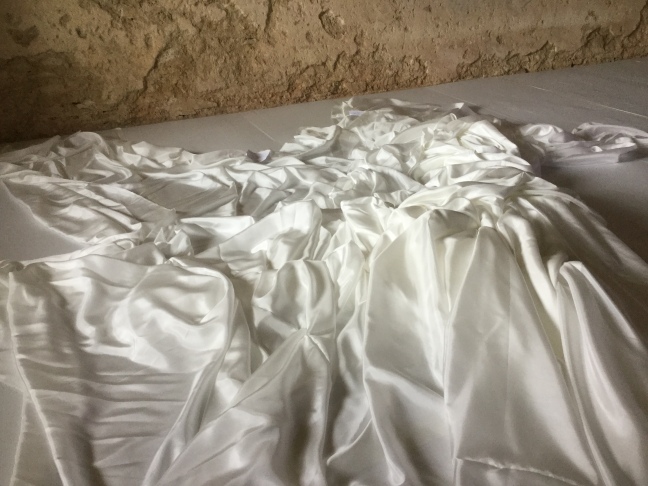
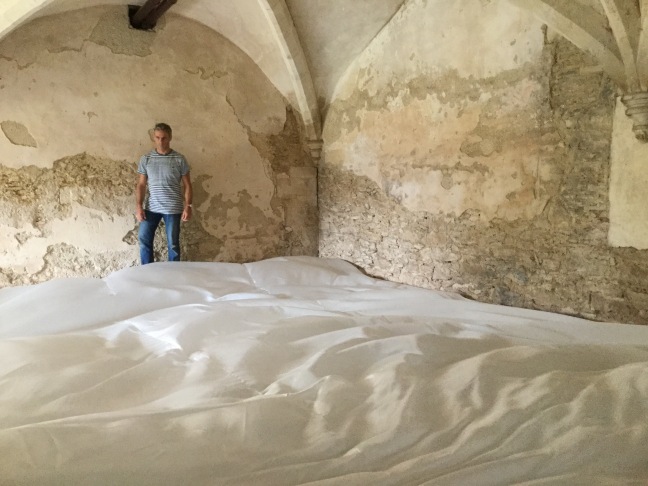
The silk was made up to be oversized in length so that we could see the effect of the silk in the space and adjust it on site. It was quite a thrilling moment when we switched on the fans for the first time and the air rippled beneath the silk. At that point the silk was laid out at its longest length and the result was quite spectacular – huge billowing waves.
The following day was just spent observing the movements of the silk and adjusting the fabric with weights around the edge to see the different effects. If the silk is held down too tightly it just kills the energy of the waves, so it was a fine balance to get it right.
Most of the fabric was pre-sewn except the area where the central stone pillar is. This had to be cut out and hand sewn around the pillar. The effect of the pillar is similar to a boulder in a river; the movement of the silk flows past the pillar like water around a rock, with the area behind the pillar remaining much calmer.

